 (Gerry Furth-Sides) Celebrate bagel Day with any classic bagel variety that North American cities lay claim to with the fierceness of regional pizza crust. These theories are often backed with intriguing urban lore, such as Montreal bagels having “tougher crusts” than the New York style because Montreal residents were more discriminated against when bakers first developed them (see below).
(Gerry Furth-Sides) Celebrate bagel Day with any classic bagel variety that North American cities lay claim to with the fierceness of regional pizza crust. These theories are often backed with intriguing urban lore, such as Montreal bagels having “tougher crusts” than the New York style because Montreal residents were more discriminated against when bakers first developed them (see below).
Still, everyone agrees on that a “shmear” makes any bagel better. So Noah’s New York Bagels is celebrating National Bagel Day on January 15th offering a FREE fresh-baked bagel and shmear with any purchase (no coupon required).
The origin of the bagel, though at best contested and murky is surprisingly similar to that of the croissant, t. Like the croissant being created in honor of a victory over the Ottoman Empire in the shape of either a Turkish flag symbol or headband, theJewish-Viennese baker who came up with the first bagel recipe late in the 17th century designed a small bread in the shape of a riding stirrup (beugel, in Austrian German) as a gift to the King of Poland, John III Sobieski, after the Battle of Vienna in 1683.
So popular from its origin, the beugel quickly went mainstream in Poland, also becoming a traditional gift for new mothers. It eventually travelled east to Russia, becoming the street-food, bubliki. And traveling west, German bakers added the Poppy seeds, sometimes referred to by their Yiddish name (mun or mom comes from the German word for poppy, Mohn, as in Mohnbrötchen.
Throughout the first half of the 20th century, North American bagels were almost exclusively produced and sold within Jewish communities. Then, in 1927, Polish-born baker Harry Lender opened a bagel plant in New Haven, Connecticut. With increased levels of production by the 1950s, Lender’s prepackaged bagels were available in non-kosher grocery stores. “Bagel” confirmed its mainstream status in the name of a 1951 Broadway comedy, Bagel and Yox. By the 1970s, bagels were being mass-produced by machines, frozen, and shipped to supermarkets across America in polyethylene bags of six.
Oddly enough, Lender’s never really got a stronghold on the west coast. One year to promote bagels, I was the “St. Patrick’s Day Bagel Girl” all dressed in green and traveling from one tv studio to another – after all Dublin once had a Jewish mayor. My main “customer” was the indubitable gourmand, Christine Ferrara, who in the parking lot of ABC-TV happily ate three. I love her still for this.
The New York bagel contains salt and malt and is boiled in water before baking in a standard oven. The resulting bagel is puffy with a moist crust. The Montreal bagel is smaller with a larger hole, crunchier, and sweeter. There is a local boast that New York bagels are the best due to quality of the local water.
The East Coast style bagel, unique because it incorporates sourdough, is still similar to the New York-style and the Montreal-style bagel are unique incorporating sourdough. The sourdough unique set of ingredients are only found in Halifax in the form of locally sourced wild yeasts. East Coast-style bagels are not as chewy, fluffy or as salty as the New York-style bagel, and are less dense, doughy and sweet than a Montreal-style bagel.
Canada Montreal-style bagels differ have a slightly different taste because they contain malt and sugar with no salt. Bagels are boiled in honey-sweetened water before being baking in a wood-fired oven. Toronto bagels are similar to the New York version: less sweet, generally coated with poppy seeds and baked in a standard oven.
The traditional London bagel (or beigel as it is spelled) is much more firm and has a coarser texture with air bubbles. Chicago- style bagels are baked with steam.
Controversial St. Louis style bagels are sliced vertically multiple times to a slivery 1/4 to 1/8 inches thick. This style was popularized by the St. Louis Bread company, now known as Panera Bread! The idea works well to increase the surface spread area but not as well for portability or sandwiches.
Still normally and traditionally made of yeasted wheat, late 20th century variations flourished. Non-traditional versions include pumpernickel, rye, sourdough, bran, whole wheat, and multigrain. Berries, salt, onion, garlic, egg, cinnamon, raisin, chocolate chip, cheese, ” French toast” often intertwined, changed the actual dough flavor.
Another commercial change was in the Breakfast bagel, a softer, sweeter variety usually sold in fruity or sweet flavors. These are usually sold sliced and are intended to be prepared in a toaster.
Sandwich bagels have been popularized since the late 1990s by specialty shops such as Bruegger’s, Einstein Brothers and even McDonald’s. And then, as with the macaron that became the rage during the same decade, the cycle slowly started to return to “artisan” bagels by 2000 with small shops across the country.


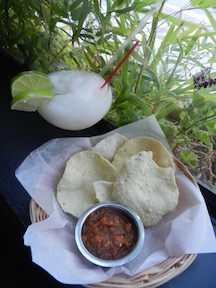

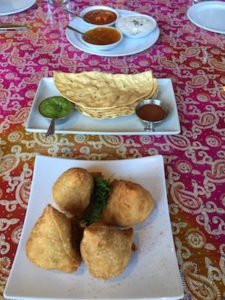



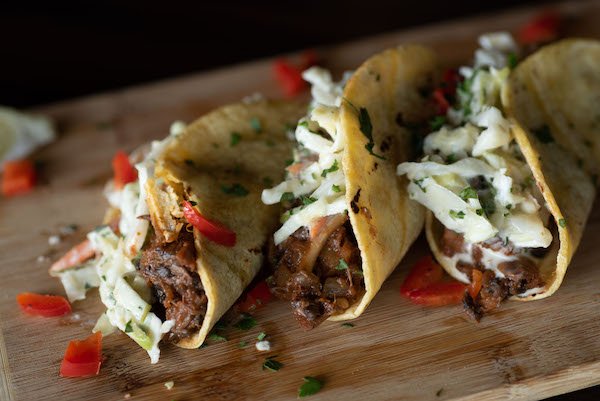









































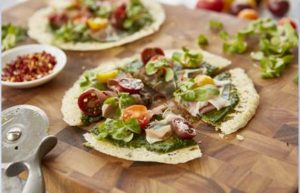






















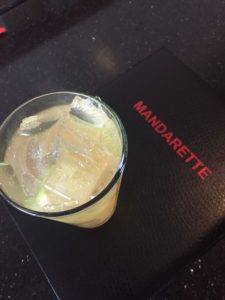


 Gerry Furth-Sides
Gerry Furth-Sides  Barbara Hansen
Barbara Hansen  Chef-owner Alain Cohen
Chef-owner Alain Cohen  Roberta Deen
Roberta Deen  Jose Martinez
Jose Martinez  Nivedita Basu
Nivedita Basu